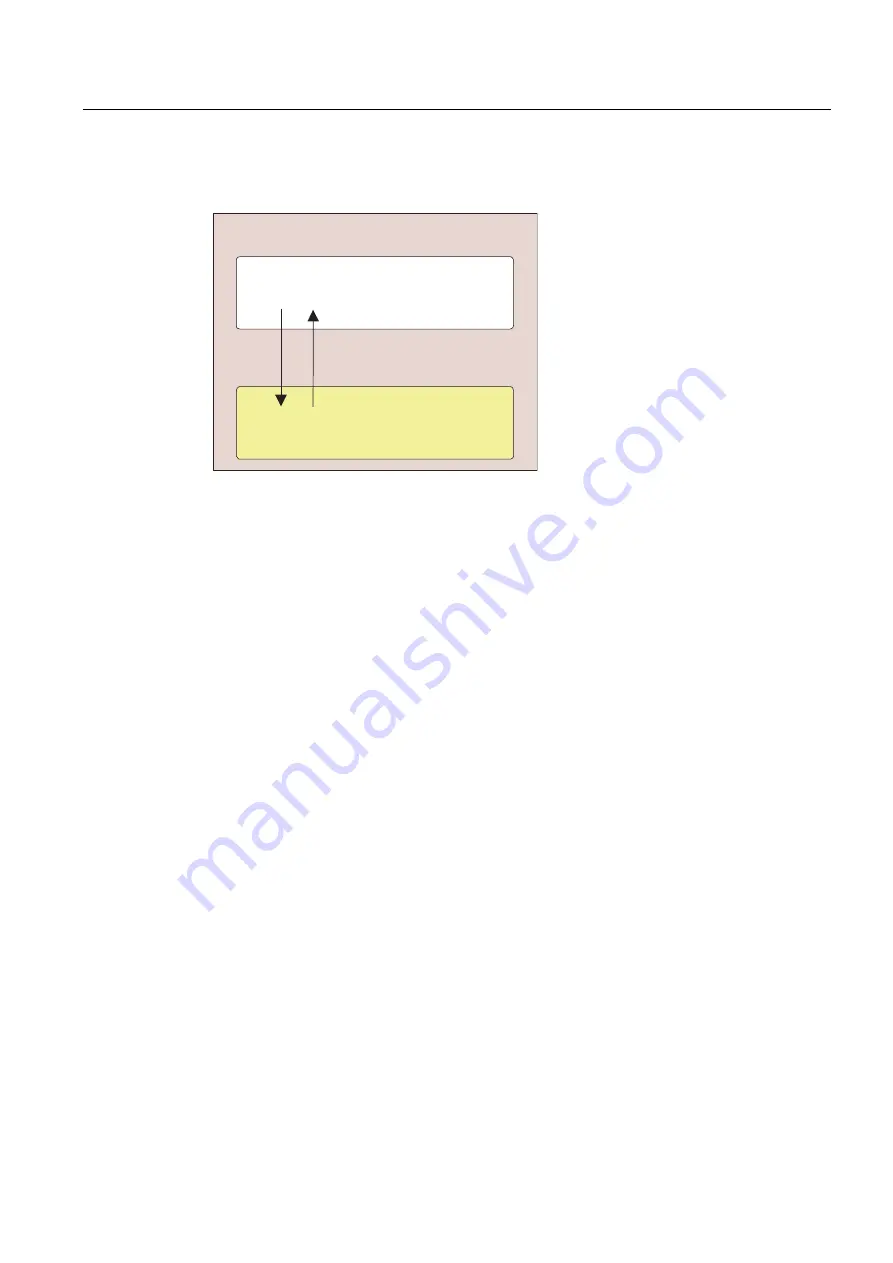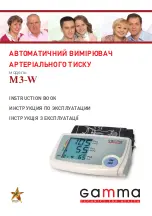
Communication Options
3.3 Communication between Standard User Program and Safety Program
Safety Engineering in SIMATIC S7
System Manual, 04/2006, A5E00109529-05
3-3
3.3
3.3
Communication between Standard User Program and Safety Program
)&38
6DIHW\SURJUDP
6WDQGDUGXVHUSURJUDP
6WDQGDUGFRPPXQLFDWLRQ
Figure 3-2
Communication between Standard User Program and Safety Program
Data
In the standard user program, all of the data in the safety program can be evaluated.
In the safety program, only fail-safe data or fail-safe signals of F-I/O and other safety
programs (in other F-CPUs) can be processed since data and signals from the standard
program are not safe. Data from the standard user program cannot be processed in the
safety program unless they are subject to a validity check. The in-plant safety experts are
responsible for ensuring this and implementing the validity check. In case of doubt, these
data must be generated by a safety program.
Differences between S7 Distributed Safety and S7 F/FH Systems
In S7 Distributed Safety, data are exchanged between the safety program and the standard
user program in the F-CPU using memory bits or by accessing the process image of the
inputs and outputs of the standard I/O.
In addition, the standard user program can access F-shared, F-DBs, and instance data
blocks of the safety program.
In S7 F/FH systems, different data formats are used in the safety program and the standard
user program of the F-CPU; special F-blocks must be used to convert these data formats for
exchange of data between the safety program and the standard user program.
















































